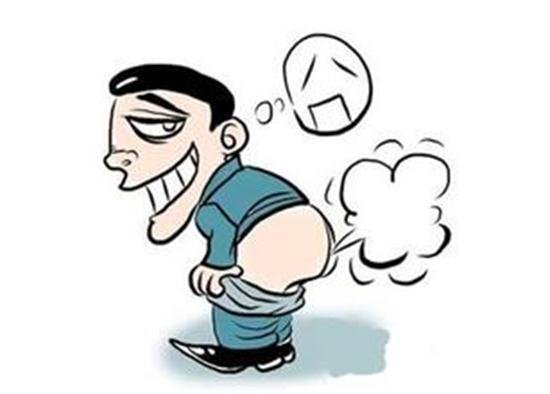What are the manifestations of uterine fibroids
summary
Some people ask whether hysteromyoma can be prevented. Unfortunately, it can't be prevented at present. However, if we know something about the common symptoms of hysteromyoma, it is possible to find it early and deal with it at an appropriate time. So what are the symptoms of uterine fibroids? Let's share them.
What are the manifestations of uterine fibroids
Performance 1: vaginal bleeding: should be the most common symptom of uterine fibroids. Most of the subserosal myomas located on the outer surface of the uterus have no vaginal bleeding. When the intramural myoma is large, it can affect the uterine contraction, or increase the area of endometrium, resulting in menorrhagia or prolonged menstruation. Submucous myoma located in the uterine cavity, often irregular vaginal bleeding, menstruation, etc. Of course, there are many causes of vaginal bleeding, it needs to be reminded that if this symptom occurs, don't think it is too tired or menopause in the near future and ignore it.

Performance 2: pelvic mass: many times it is found by chance (such as bathing or sexual life) or gynecological examination. When the leiomyoma is too large or the patient is thin, the hard solid mass can be felt in the lower abdomen, especially when the bladder is filled before urination in the morning. Sometimes you may not be able to touch the tumor, but you will find that the waist circumference increases. Some middle-aged and elderly people will take it for granted that they are getting fat. In poor medical conditions in remote rural areas, or in the city, some people who avoid medical treatment, fibroids can grow to a large size before discovery. For women of childbearing age, if pelvic mass is found, the most important thing to consider is not uterine fibroids, but the first to exclude pregnancy, which is emphasized in textbooks.

The performance of the three adjacent organs: uterine compression symptoms: can produce. Similarly, due to the different location (growth site) and size, the symptoms are also different. Myoma can be compressed into the bladder, causing frequent urination, urgency, and even no urine (called urinary retention). If the fibroids grow on the posterior wall of the uterus, they can cause the diarrhea or constipation by pressing the rectum back *; the myoma in the broad ligament on both sides of the uterus can compress ureters, internal and external veins and nerves, resulting in ureteral obstruction, hydronephrosis, lower limb edema or pain.

matters needing attention
If women have the above symptoms, they need to go to the hospital for further examination. For women who have regular physical examination, uterine fibroids are easy to be detected by ultrasound, and many people have no symptoms. When the above symptoms appear, it is usually a signal to need treatment.












